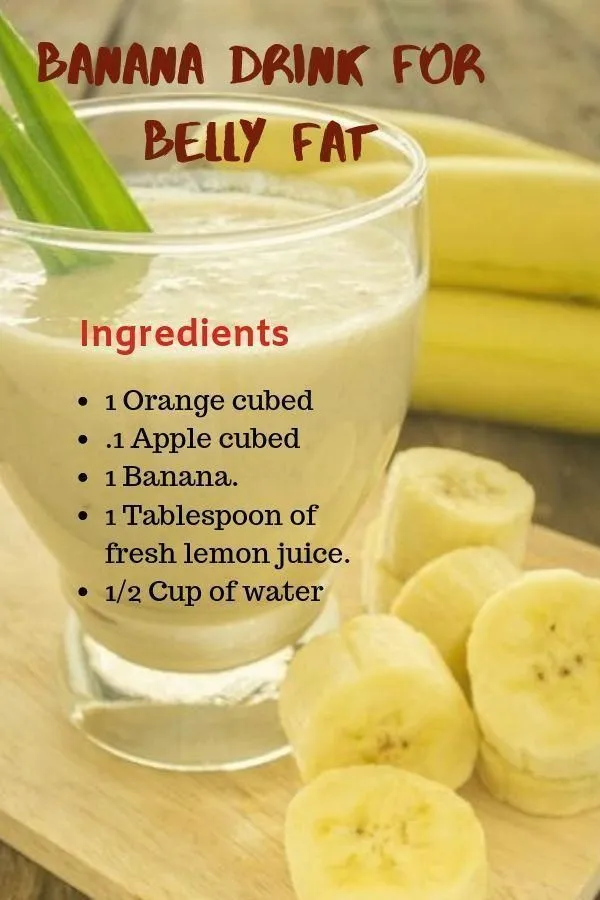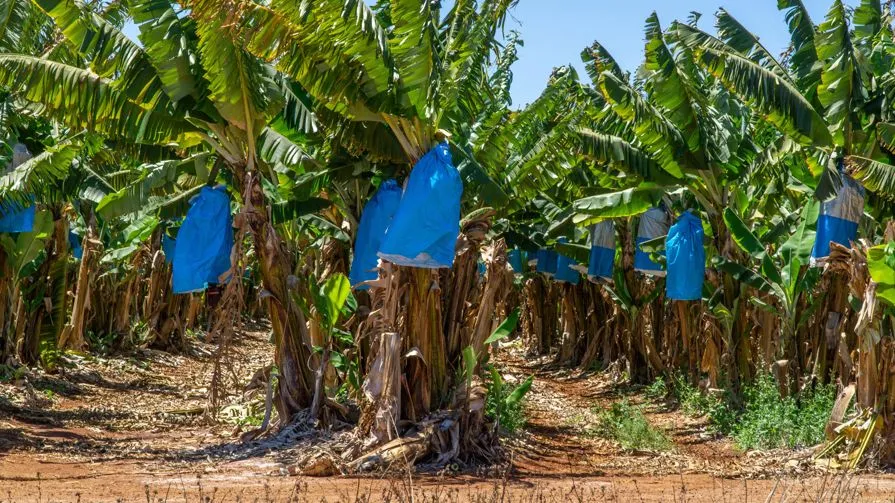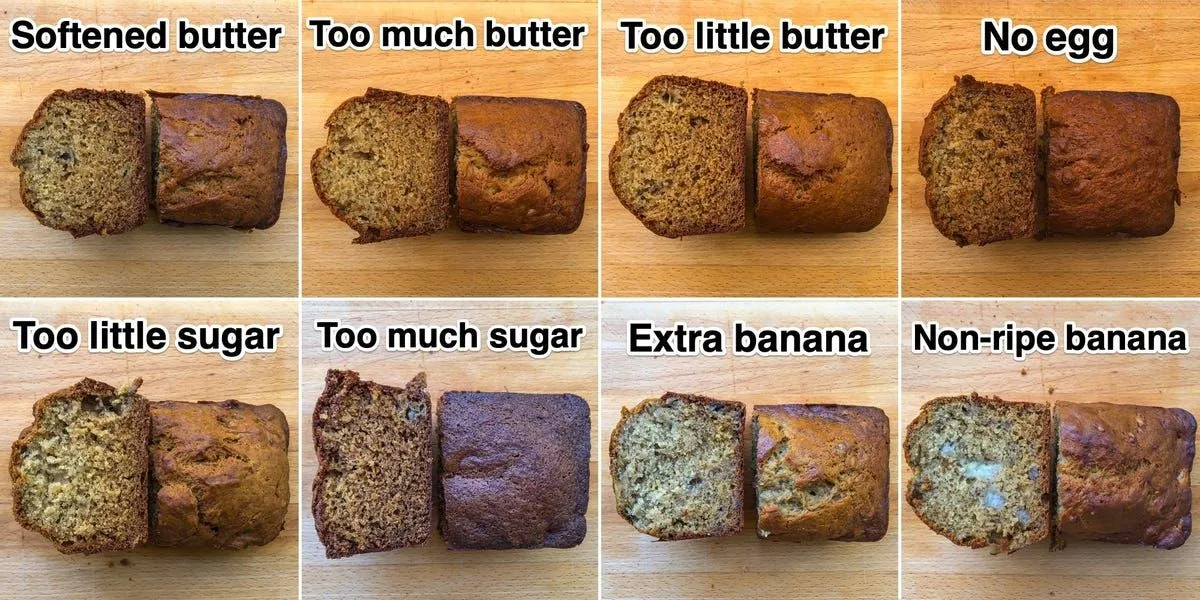Can bananas be refrigerated? The answer may surprise you. Although some people avoid refrigerating their fruit, bananas can actually benefit from a colder environment. Refrigerating them can lead to a sweeter taste, better texture, and longer shelf life.

In this article, we`ll look at the benefits of refrigerating bananas, the different techniques for doing so, and the risks associated with it. So if you’re looking for a way to preserve your bananas for a longer period of time and enhance their flavor, keep reading!
What Are the Benefits of Refrigerating Bananas?
Refrigerating bananas can provide a number of benefits for consumers. By refrigerating the fruit, it will stay fresher for longer periods and retain its nutritional value. This means that consumers can enjoy their bananas in full ripeness without worrying about them going bad quickly.

Additionally, refrigeration slows down the oxidation process which helps to preserve banana’s natural sweetness and flavor while keeping its texture intact.
Refrigerated bananas are also more likely to resist bruising or discoloration when handled compared to those kept at room temperature, making them ideal for recipes such as cakes and smoothies that require pureed fresh fruits that look appealing after being cooked or mixed.
Finally, by keeping your bananas cold you help slow down spoilage reducing food waste and extending shelf life so you get more out of each purchase!
How to Properly Store Bananas.
Storing bananas properly is critical in order to ensure they retain their freshness and flavor.
Bananas should be stored at room temperature, away from direct sunlight or heat sources. It’s best to keep them separate from other fruits and vegetables as the ethylene gas released by some fruits can cause bananas to ripen prematurely.
If you need a longer shelf life for your bananas, place them in the refrigerator with the stems wrapped tightly in plastic wrap or aluminum foil. This will help prevent any gases from entering and causing premature ripening.
When storing ripe bananas, it’s important that you check on their condition regularly; refrigeration may slow down their decay but won’t stop it completely so be sure to discard any overripe fruit immediately before it affects nearby produce!
The Effects of Refrigerating Bananas on Flavor, Texture and Shelf Life.
Refrigerating bananas can have significant effects on their flavor, texture, and shelf life. By cooling the fruit to a temperature below 50°F (10°C), it will slow down the ripening process and reduce any existing enzymatic browning or off-flavors.
This method is especially beneficial for green bananas that are not yet ripe enough to be eaten fresh.
Refrigeration also affects the texture of bananas; once cooled, they become softer and creamier in taste due to an increase in starch content caused by cold temperatures slowing down starch degradation processes. Additionally, refrigerated unripe fruits may last up to 2 weeks longer than non-refrigerated ones when stored at room temperature – ideal if you’re looking for ways to extend your banana supply!

Overall, while there are some benefits of refrigerating unripe bananas – such as slowed ripening process – , this may come at a cost: chilling these fruits decreases their natural sweetness and can give them an unpleasant sour taste on consuming them after warming up again.
Therefore make sure your goal outweighs these potential drawbacks when deciding whether or not you should store your produce inside refrigerator walls.
The Different Techniques for Refrigerating Bananas (I.e., Storing in a Sealed Container, Peeling Before Refrigeration, Etc.).
Refrigerating bananas is a great way to extend their shelf life and ensure that they stay fresh. There are several techniques for refrigerating bananas, each with its own benefits and drawbacks.
One popular option is to store them in a sealed container or plastic bag. This prevents the moisture from evaporating, keeping the banana fresher for longer periods of time.
However, this method also requires careful attention when opening and closing the container as it can introduce contaminants from outside air into the inside of your fridge if left open too long or not properly sealed after use.
Another technique involves peeling before refrigeration: by removing the peel prior to storage, you eliminate any potential risk of mold developing on your fruit’s surface due to trapped moisture within its skin layers – making it easier for oxygen exchange which helps keep them fresh over extended periods of time when stored correctly in an air-tight environment like a refrigerator drawer or bottom shelf area away from other food items (to avoid possible contamination).

« The Ultimate Guide to Safely Cutting Bananas for Your Baby’s First Food
How to Make Delicious Banana Bread with Honey: Step-by-Step Recipe and Expert Tips »
Additionally, peeled bananas can be frozen as well – just make sure they’re completely dry before doing so!
The Risks Associated with Refrigerating Bananas (I.e., Changing Color or Texture).
Refrigerating bananas may seem harmless, but there are some risks associated with it. The cold temperatures of a refrigerator can cause the starches in banana to convert into sugar more quickly than at room temperature, leading to an overly sweet flavor.
Additionally, when exposed to cooler air for too long, the color of a banana’s peel will turn from yellow-greenish to brown or black.
When storing bananas in the refrigerator it is important not take them out and let them warm up until they reach their original texture and taste prior refrigeration as this could lead to spoilage even if you put them back into the fridge right away afterwards. Instead try eating your chilled bananas while they are still cool so that your risk of food poisoning is minimized!
Final Conclusion
In conclusion, we’ve seen that bananas can be refrigerated for a few days without compromising their flavor or texture. However, it’s best to store them at room temperature so they retain their natural sweetness and firmness.
If you choose to refrigerate your bananas, make sure they are peeled, cleanly stored in a sealed container and eaten within a short period of time.
For more tips on storing fruits properly and maximizing shelf life be sure to subscribe to our newsletter!










